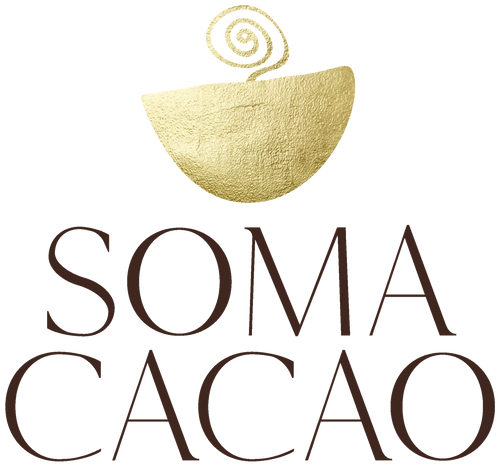A BRIEF HISTORY OF CACAO
In Aztec and Mayan legend, cacao was discovered by the gods (or for the Aztecs, by the god Quetzalcoatl) in a mountain containing other delectable foods (like maize, a.k.a. corn - considered even more sacred than our beloved cacao). The god ‘Sovereign Plumed Serpent’ gave cacao to the Maya after humans were created from maize by divine grandmother goddess Xmucane.
Traces of theobromine, cacao’s unique stimulant, were found on pots and vessels belonging to southern Mexican Olmecs from around 1500 BC. While there is no written history for the Olmecs, they were probably the first to ferment, roast and grind cacao beans for drinks, according to Hayes Lavis, a cultural arts curator for the Smithsonian’s National Museum of the American Indian. Eventually, the Olmecs shared cacao with the Mayans, who revered it; using it in rituals, celebrations and to finalise important trade deals.
The Aztecs also worshipped cacao, believing it was gifted to them by the gods. Like the Mayans and Olmecs, they enjoyed cacao as a bitter, spiced beverage in ornate containers, and traded cacao beans as a currency.
The infamous, mighty Aztec ruler Montezuma II allegedly drank gallons of cacao each day for energy and as an aphrodisiac. He even fed it to his armies prior to battle.
Spanish conquistadors introduced the drink into Europe in the 1500s after witnessing the Aztec king drinking cacao at the royal court in Tenochtitlan — what is now Mexico City. Within a century the culinary and medicinal uses of cacao had spread to France, English and elsewhere in Western Europe. Cacao plantations were subsequently established in the Caribbean and Philippine colonies.
The Mayan word cacao entered scientific nomenclature in 1753 after the Swedish naturalist Linnaeus published his taxonomic binomial system and coined the genus and species Theobroma cacao (food of the gods), a combination that blended Greek with Mayan etymology. And after the 1880s, cacao was well and truly established as the chocolate we know today, having been introduced as a commercial crop throughout West Africa.



